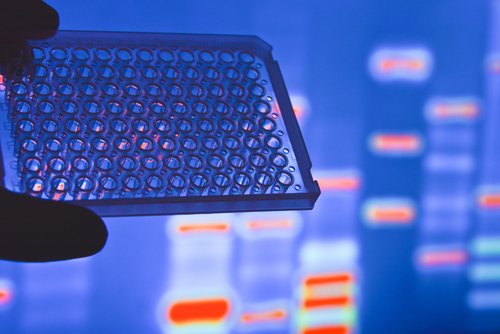New Insights Offered into CMT Type 4C from 5 Cases of Atypical Manifestations

Five case reports of patients with Charcot-Marie-Tooth disease type 4C (CMT4C) and uncommon clinical manifestations provide new insights into the complexity of this disease and demonstrate its clinical variability.
The case reports were featured in an article published in the journal Muscle & Nerve.
CMT4C is caused by genetic mutations in SH3TC2 gene, preventing the production of functional protein. The protein encoded by the SH3TC2 gene is normally found in Schwann cells, which are responsible for forming the myelin layer that protects the nerve cells. A modification of SH3TC2 protein levels will impact the activity of Schwann cells, and consequently the protection of nerve cells.
Most CMT patients develop the disease in childhood, presenting thoracic spine scoliosis, moderate to severe peripheral nerve damage, and nerve problems affecting the overall control of head muscles.
Although all cases of CMT4C share the same genetic origin, they can present different clinical manifestations. This suggests that other genetic or environmental factors are implicated in the development of CMT4C.
In the article titled “Charcot Marie Tooth Disease type 4C: Novel Mutations, Clinical Presentations, and Diagnostic Challenges,” a team led by researchers at University of Iowa Carver College of Medicine presented five cases of patients with atypical manifestations linked to SH3TC2 mutations. The patients were diagnosed and evaluated at the University of Iowa, Johns Hopkins, Wayne State University, and the National Institutes of Health.
The patients were from diverse ethnic backgrounds (Native and African American, Chinese, Turkish, Irish-Italian, and Indian), and all presented peripheral nerve damage caused by low levels of myelin and early-onset scoliosis, two common features of CMT4C.
A genetic analysis confirmed the presence of SH3TC2 gene mutations in all patients. The researchers also found three new mutations, identified as Tyr680Cys, Ser1077Ter, and Gln710Ter, which led to nonfunctional, shorter versions of SH3TC2 protein. Additional studies addressing the full impact of these mutations on the activity of Schwann cells are still needed.
The genetic characterization of these patients directly pointed to CMT4C diagnosis. But the patients also presented atypical combinations with secondary genetic disorders, including SCADD (a mitochondrial disorder), retinitis pigmentosa (a degenerative eye disease), and von Willebrand type 2M and PAI-1 deficiency (bleeding disorders).
No clear associations have been reported before for these secondary genetic disorders and CMT4C. Only SCADD shares some neurological features with CMT4C, such as developmental delays, muscle weakness, and scoliosis. Additional evaluations are necessary to fully comprehend if and how SCADD can contribute to nerve damage in CMT4C and disease progression.
“[Disease manifestation] variability and additional comorbidities have the potential to confound the diagnostic process in CMT4C patients,” the researchers concluded. Given this, genetic evaluation can help the diagnostic process in patients with atypical symptoms.
But it’s also important to recognize co-existing diseases in CMT4C cases for a more accurate genetic risk assessment, prognosis, and potential therapeutic interventions, the researchers suggested.





